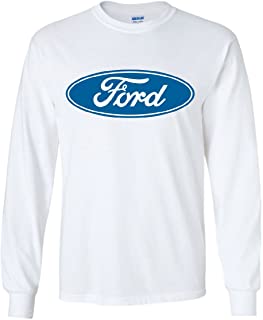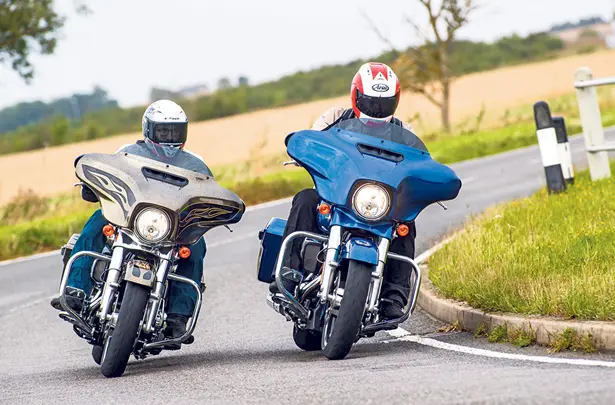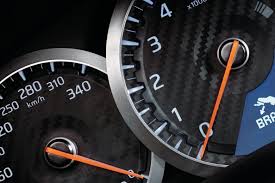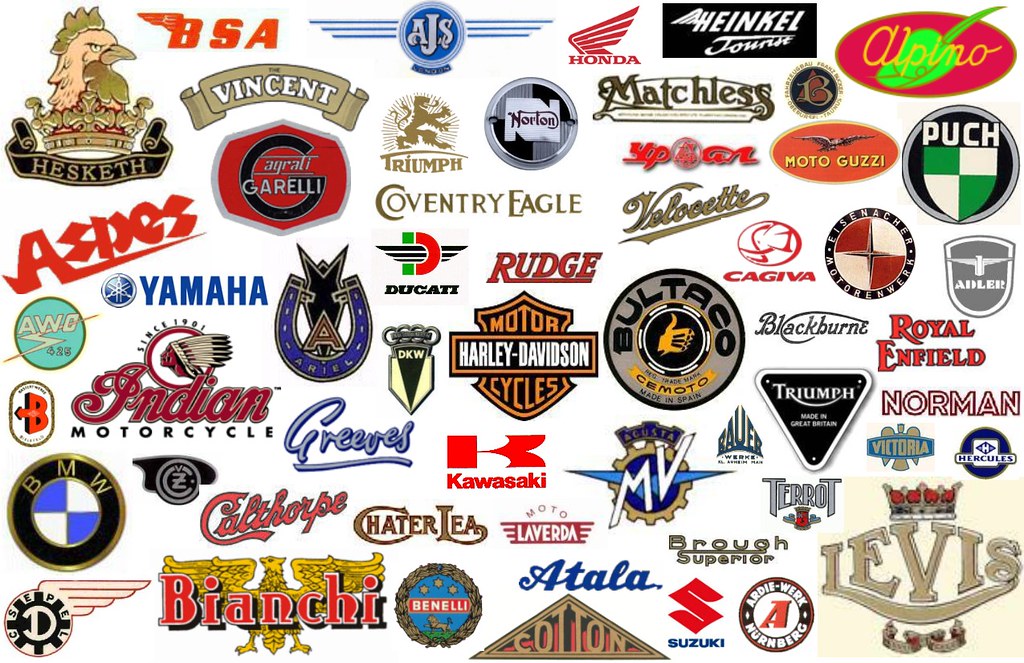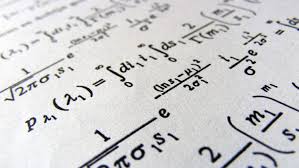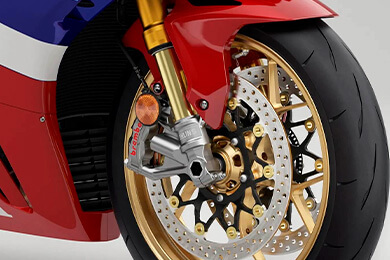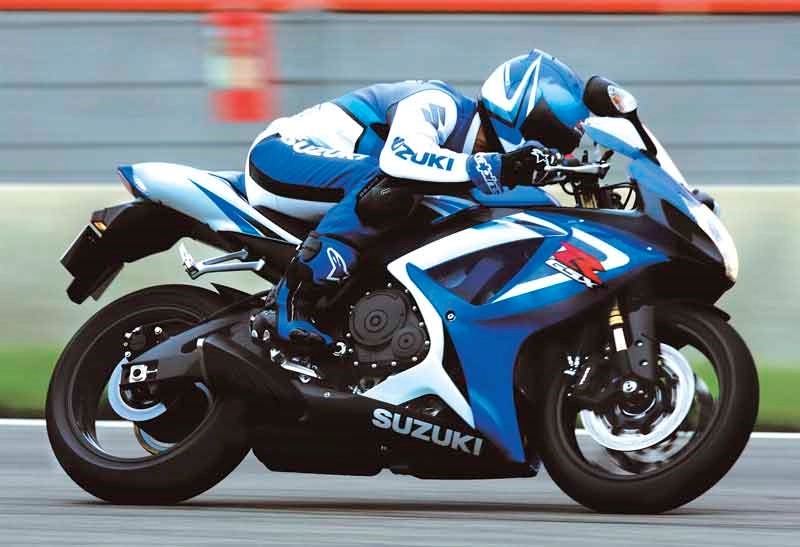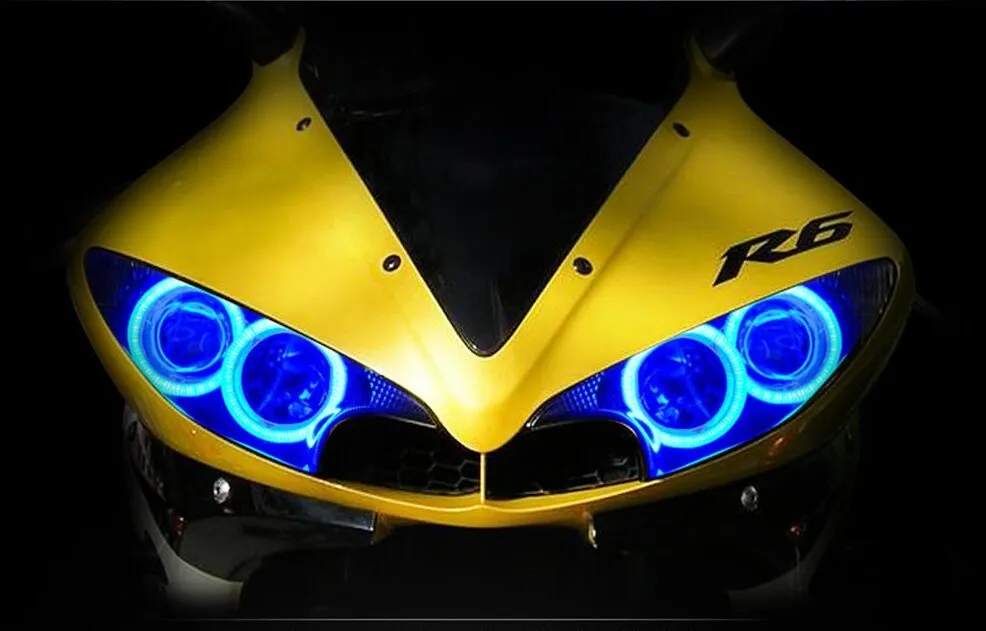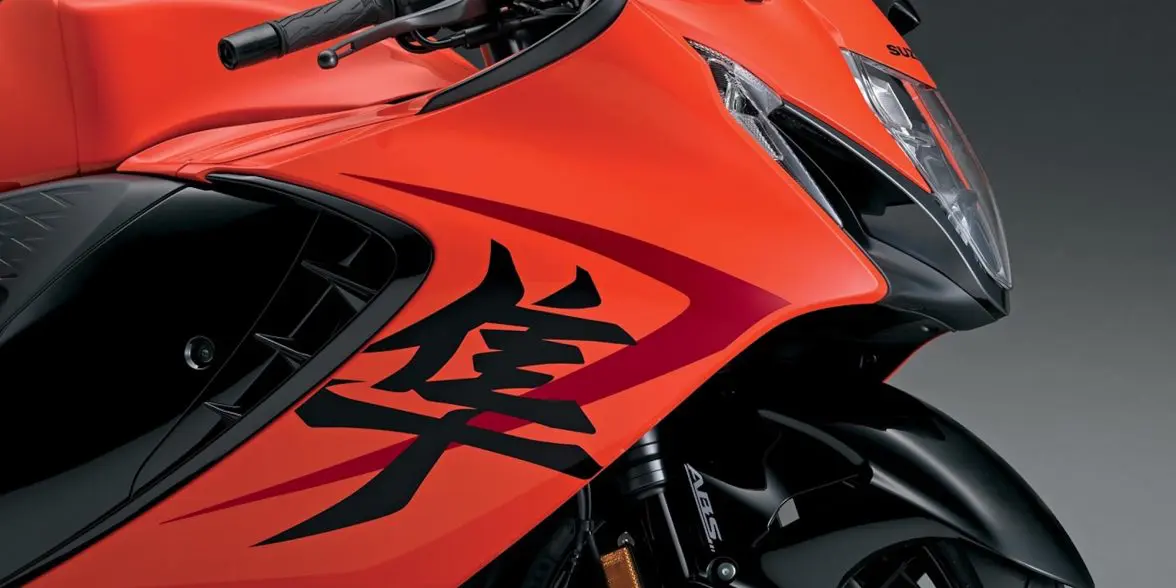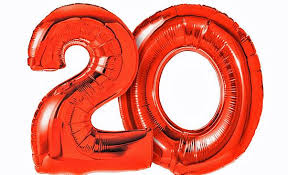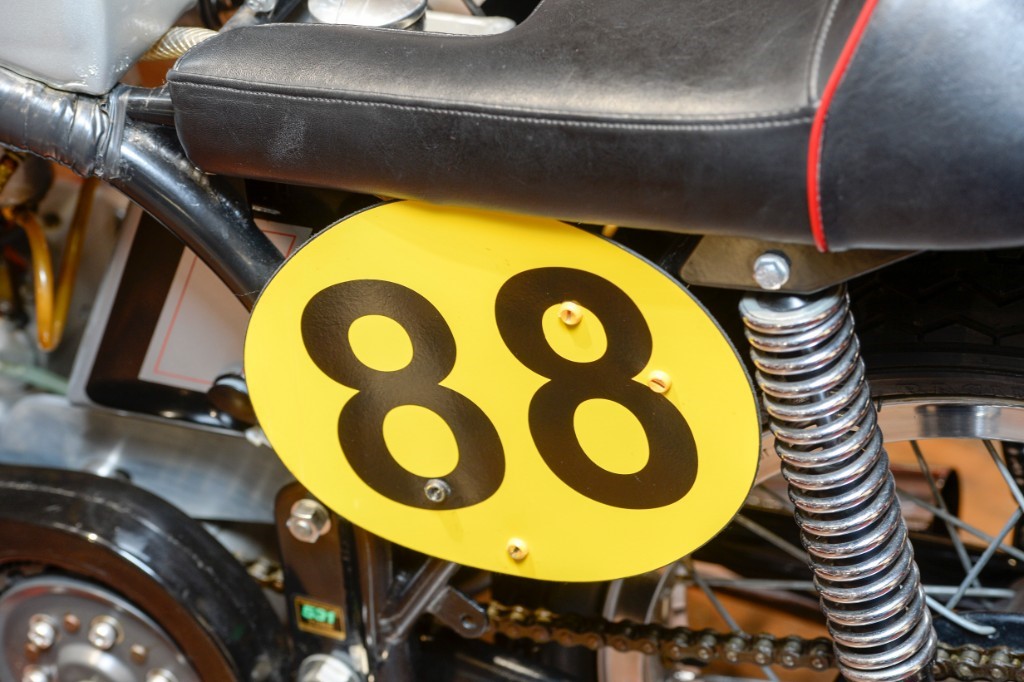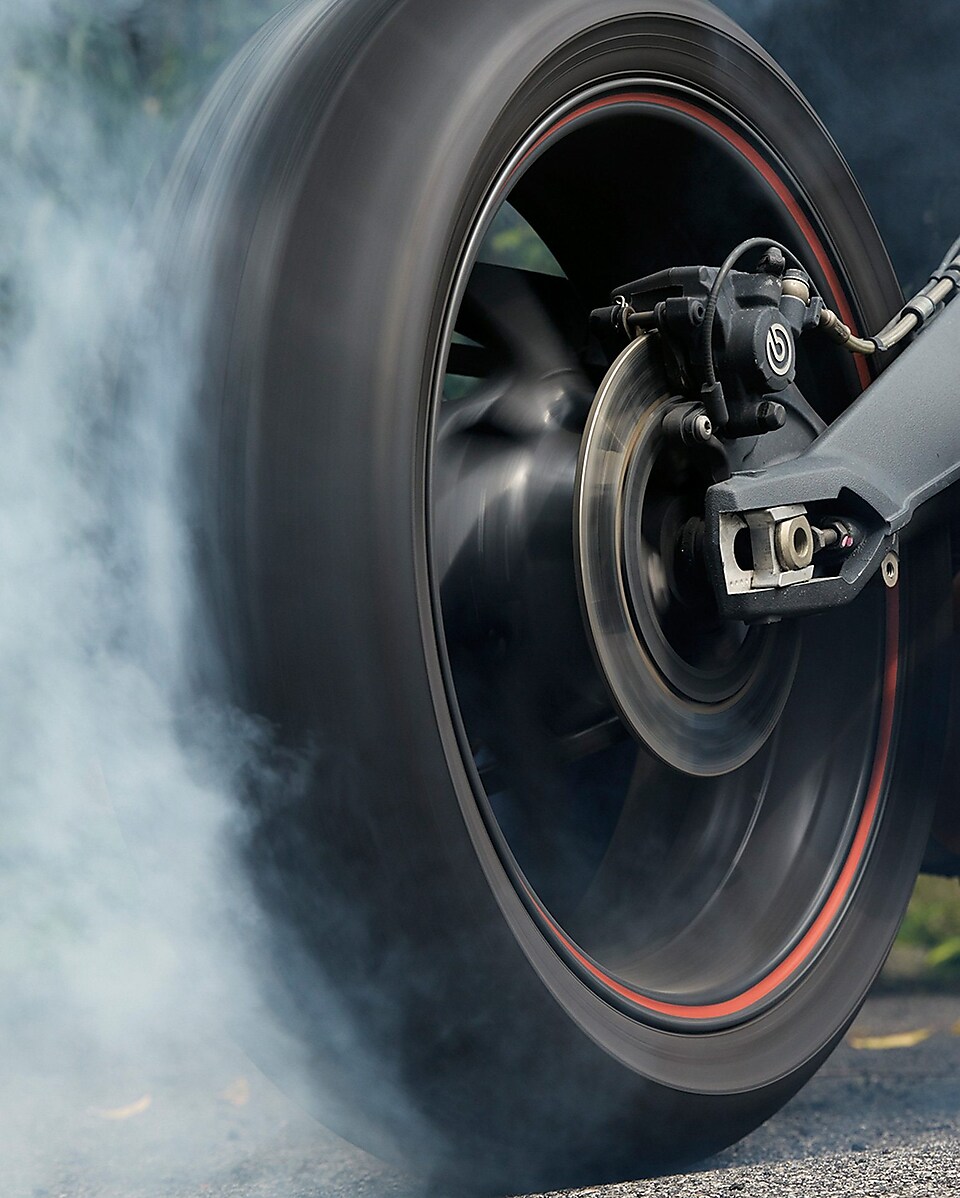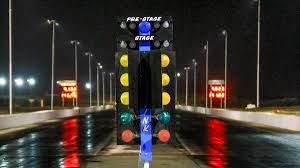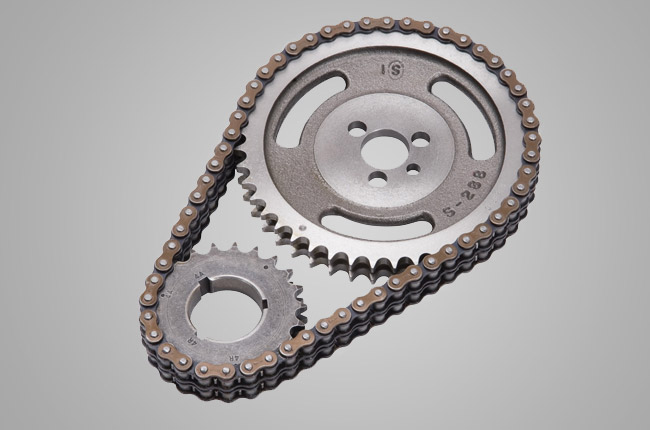
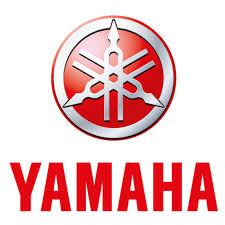

This edition of the Yamaha XVS 950 V-Star Bolt is the 5 speed / Manual version and was first brought out in 2016. This was at around the same time as the introduction of the 2016 Yamaha XSR 700 Twin and the 2017 Suzuki SV 650 Scrambler.This particular Yamaha XVS 950 has a 942cc Air cooled, Two stroke, Horizontal In-Line Petrol powerplant with 2 cylinders and Electronic Fuel Injection.
![Suzuki GV 700 GL Madura - [1984] image Suzuki GV 700 GL Madura - [1984] image](/editionimages/b/default.jpg)
An alternative Horizontal In-Line engine, Cruiser style motorbike includes the Suzuki GV 700 GL Madura - [1984]
The 2016 XVS 950 shares its Horizontal In-Line engine and Cruiser style configuration with the likes of the 1984 Suzuki GV 700 GL Madura and the 1984 Honda CB 750 SC Nighthawk S. Alternatively, if you're looking for other bikes which share the XVS 950's Cruiser style with a similar size of engine then how about the 1984 Suzuki GV 700 GL Madura | 1984cc.1984 Honda CB 750 SC Nighthawk S | 1984cc.
Weighing in at 247 kgs (544 lbs) this makes the Yamaha XVS 950 V-Star Bolt in the same weight category as the 2025 Honda X-ADV 745 or the 2025 Kawasaki Z 900 DOHC SE, give or take 50kg.
In terms of power the 942cc 8 valve Horizontal In-Line 2 cylinder engine produces 52.4 bhp (39 kW) @ 6000 rpm similar to the 2025 Yamaha T�n�r� 700 Rally [72.4 bhp (53 kW) @ 9000 rpm] or the 2025 Yamaha T�n�r� 700 [72.4 bhp (53 kW) @ 9000 rpm].
The SOHC Two stroke unit throws out torque of 59.2 lb-ft (80.4 Nm) @ 3000 rpm placing it alongside motorbikes of similar performance figures such as the 2025 Suzuki SV 650 ABS [47.2 lb-ft (63.9 Nm) @ 8100 rpm] and the 2025 Kawasaki Z 900 DOHC [73.0 lb-ft (99.1 Nm) @ 7700 rpm].
If one combines the weight with power or torque performance for the Yamaha XVS 950 you can get a better idea of it's real world performance.
The 2016 Yamaha XVS 950 V-Star Bolt has a Power to weight ratio of 212.1 bhp per ton and 240.0 lb-ft per ton. Bhp Per Ton figures of the 2016 XVS 950 competing with the 1973 Suzuki GT 550 K [236.9 bhp\ton] and the 1972 Suzuki GT 550 J - called Indy in the USA [236.9 bhp\ton].
If you agree with the late great Carroll Shelby, then arguably an even better indicator of potential performance is Torque. Factor weight into the equation and you end up with - Torque per ton, with the Yamaha XVS 950 generating around 240.0 lb-ft per ton. If you're curious as to what other motorbikes have as much torque to weight then look no further than the 1998 Honda VFR 800 Fi [264.9 lb-ft per ton] and the 2001 Honda VFR 800 Fi [264.9 lb-ft per ton].
With a 0-60mph time of 17.4 secs or a 0-100km/h (0-62mph) of 17.8 secs, this makes the Yamaha XVS 950 V-Star Bolt similar in acceleration to the 2020 Honda CB 300 R (17.4 secs) and the 2020 Yamaha XVS 950 V-Star Bolt R Spec (17.4 secs). This Yamaha XVS 950 V-Star Bolt also competes in terms of 0-60 mph and 0-100km/h with the 2018 Honda CB 250 R Neo Sports Cafe (0.0 secs) and the 2020 Norton Superlight SS (0.4 secs).
![Kawasaki ER-5 Twister - [2000] image Kawasaki ER-5 Twister - [2000] image](/editionimages/b/default.jpg)
Quarter Mile time is a close race between the 2016 Yamaha XVS 950 V-Star Bolt and the 2000 Kawasaki ER-5 Twister
When talking about the performance of the 2016 Yamaha XVS 950 V-Star Bolt on the drag strip it can reach a quarter mile in an estimated 14.9 secs @ 0 mph. Bikes with a similar performance down the quarter mile can be found in the 2000 Kawasaki ER-5 Twister (14.9 secs) and the 2018 Yamaha XVS 950 V-Star Bolt (14.9 secs).
The 2016 version of the Yamaha XVS 950 V-Star Bolt has a maximum speed of 106mph.
If maxing out your bike on the AutoBahn is your thing and you're wondering what's faster at the top end than the 2016 Yamaha XVS 950 V-Star Bolt then how about a 2004 Kawasaki VN 1600 Mean Streak (117 mph) and the 2001 Yamaha XJ 600 S Diversion (117 mph).




